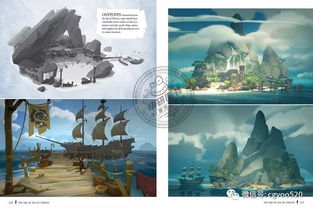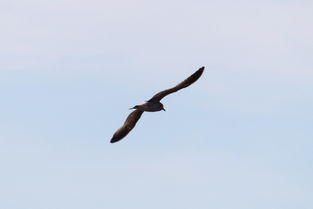Content:
Embarking on a sea fishing adventure can be an exhilarating experience, offering the chance to catch a variety of fish in the vast and dynamic marine environment. Whether you're a seasoned angler or a beginner looking to cast your line into the salty sea, mastering the art of sea fishing requires a blend of knowledge, patience, and the right techniques. Here, we delve into some essential methods and techniques to help you hook the big one.
Choosing the Right Equipment
Before you set sail, it's crucial to have the right equipment. Here's a breakdown of the essential gear you'll need:
Rod and Reel: Choose a rod and reel that match the type of fish you're targeting. Spinning reels are great for lighter lures and are suitable for beginners, while baitcasting reels are better for heavier lures and stronger fish.
Line: Your line should be strong enough to handle the fish you're targeting. Monofilament is versatile and easy to use, while braided line offers more sensitivity and less stretch.

Hooks: Select hooks that are appropriate for the size of the bait and the fish you're after. Jigheads, sinkers, and swivels are also important accessories to have on hand.
Bait: Live bait like fish, shrimp, or squid can be very effective, but artificial lures can also be successful. Choose baits that mimic the natural prey of the fish you're targeting.
Tackle Box: Keep your tackle box well-organized with a variety of hooks, sinkers, swivels, leaders, and other accessories.
Finding the Perfect Spot
The key to successful sea fishing is finding the right spot. Here are some tips to help you locate a good fishing area:
Research: Look for spots with a history of good catches. Beaches, jetties, piers, and rocks are common locations for sea fishing.
Tides: Pay attention to the tide schedule. Fish are more active during high and low tide periods, as these are times when they feed more actively.
Currents: Understand the currents in the area you're fishing. They can affect where fish are located and how they behave.
Observe: Keep an eye out for signs of fish activity, such as birds diving into the water or fish jumping out of the water.
Techniques for Success
Once you've found a good spot, it's time to put your fishing skills to the test. Here are some techniques to help you catch more fish:
Bait Presentation: If you're using live bait, make sure it's presented in a way that mimics its natural movement. For artificial lures, experiment with different retrieves and presentations until you find what works best.
Jigging: This technique involves quickly lifting and dropping your lure to mimic the action of a struggling fish. It's effective for targeting bottom-dwelling species.
Trolling: Trolling involves slowly dragging your lure behind the boat. It's a great way to cover a lot of water and can be effective for a variety of fish species.
Cast and Retrieve: This is a simple technique where you cast your lure out and retrieve it back in. It's effective for many species, especially those that are near the surface.
Patience: Fish don't always bite immediately. Be patient and wait for the right moment to set the hook. Sometimes, the best catches come from waiting a few extra minutes.
Safety First
Safety should always be a top priority when fishing. Here are some safety tips to keep in mind:
Weather Check: Always check the weather forecast before heading out and be prepared for changing conditions.
Life Jacket: Wear a life jacket, especially if you're on a boat or in deep water.
First Aid Kit: Carry a first aid kit and know how to perform basic first aid in case of an emergency.
Communication: Let someone know where you're going and when you expect to return.
By combining the right equipment, knowledge of your fishing spot, and effective techniques, you'll be well on your way to becoming a skilled sea angler. Remember, the key to success is practice, patience, and a deep respect for the ocean and its inhabitants. Happy fishing!












